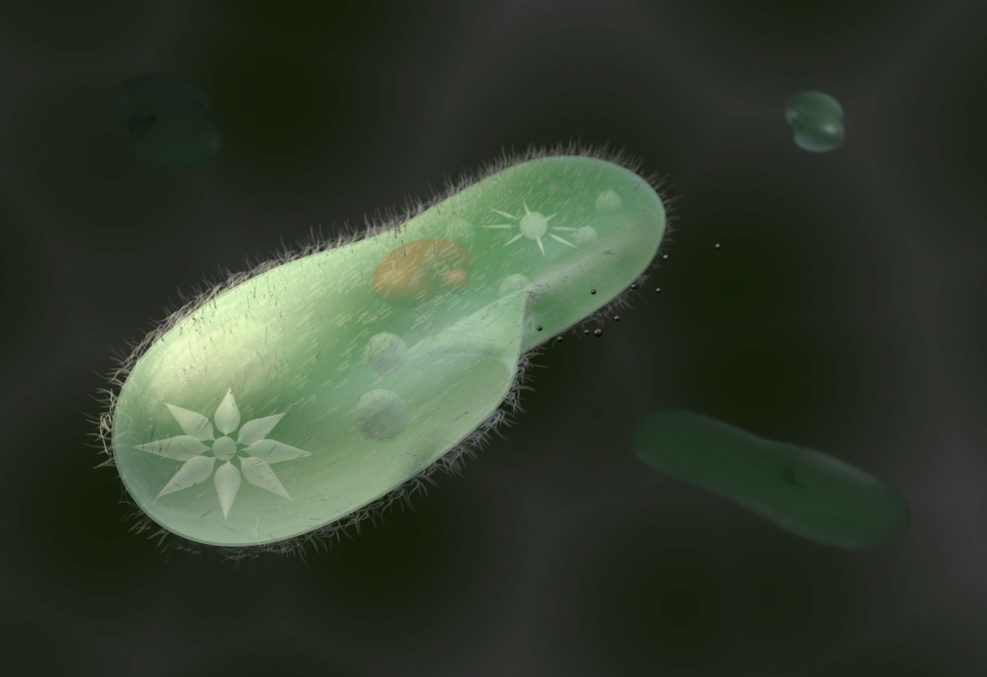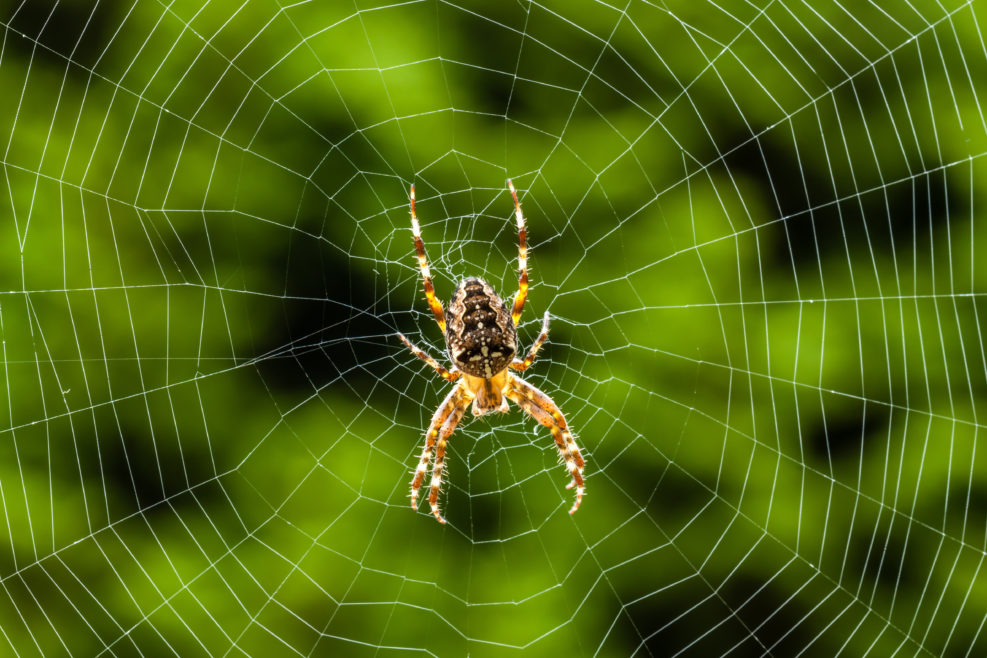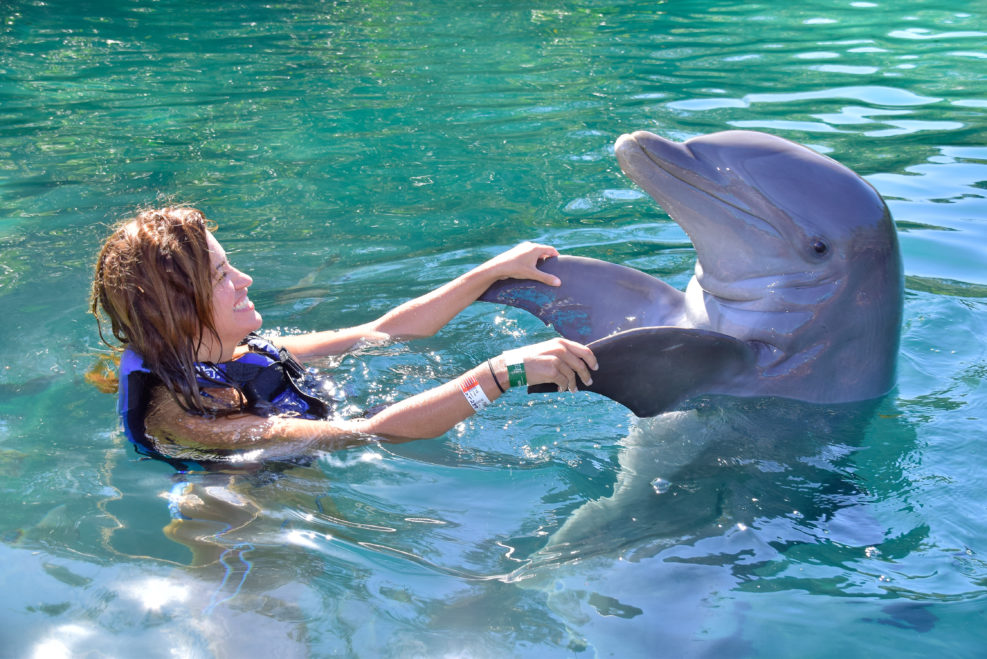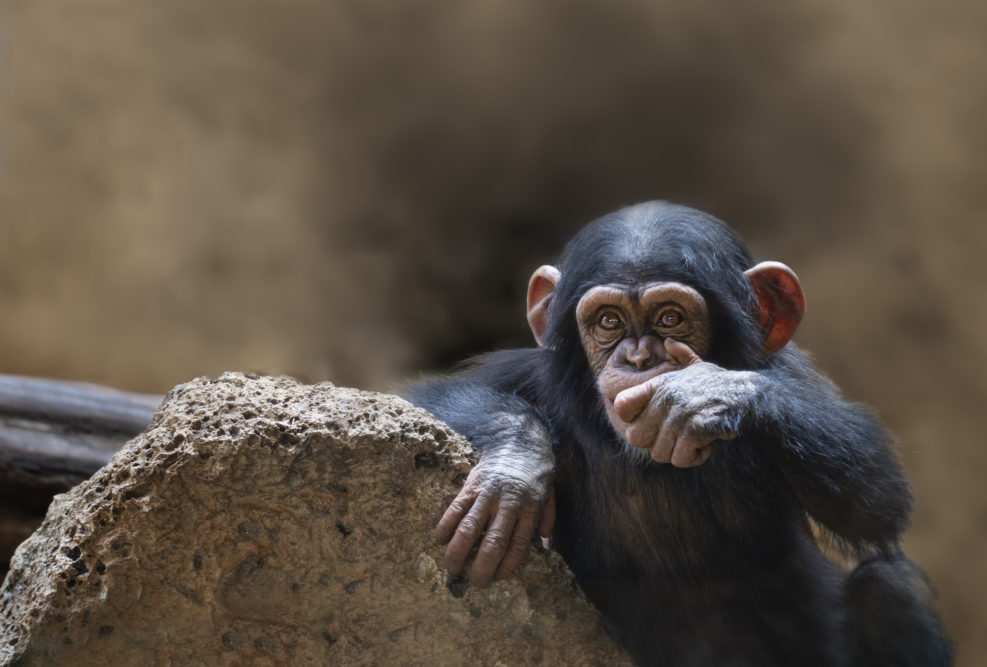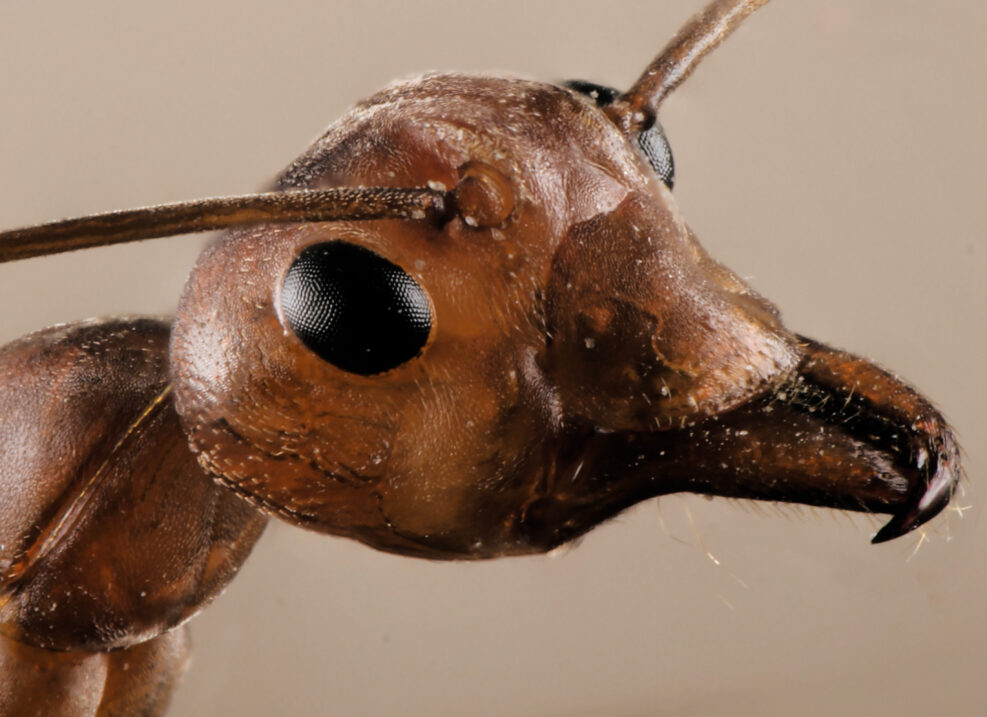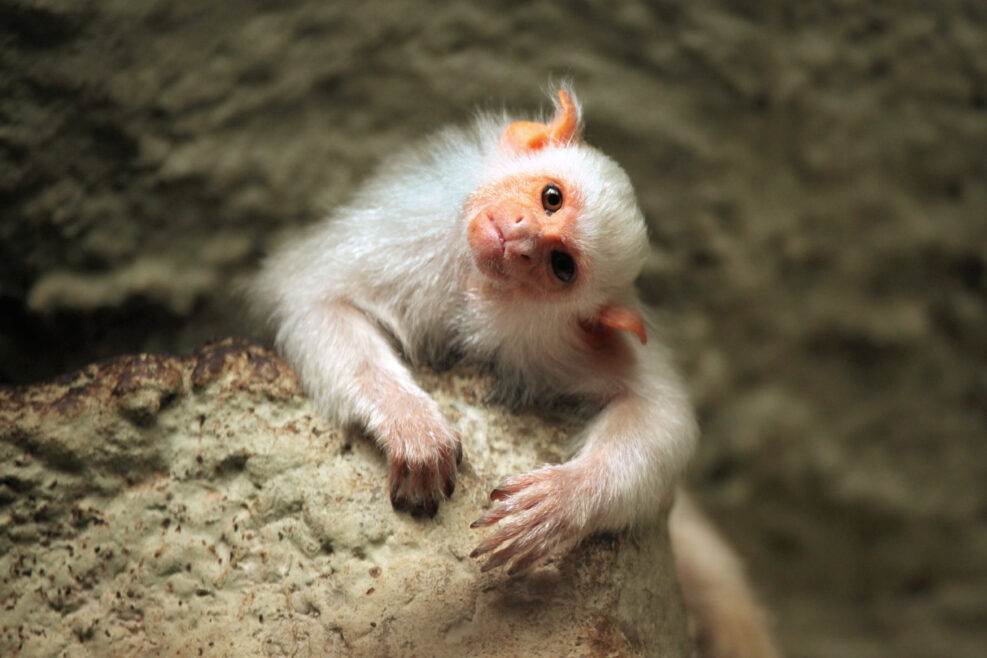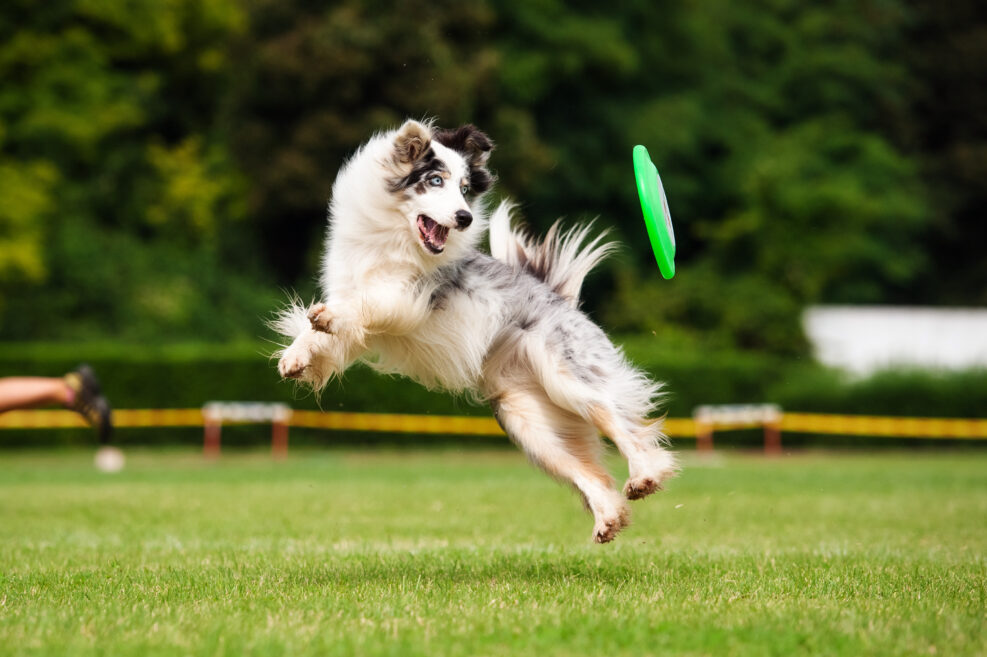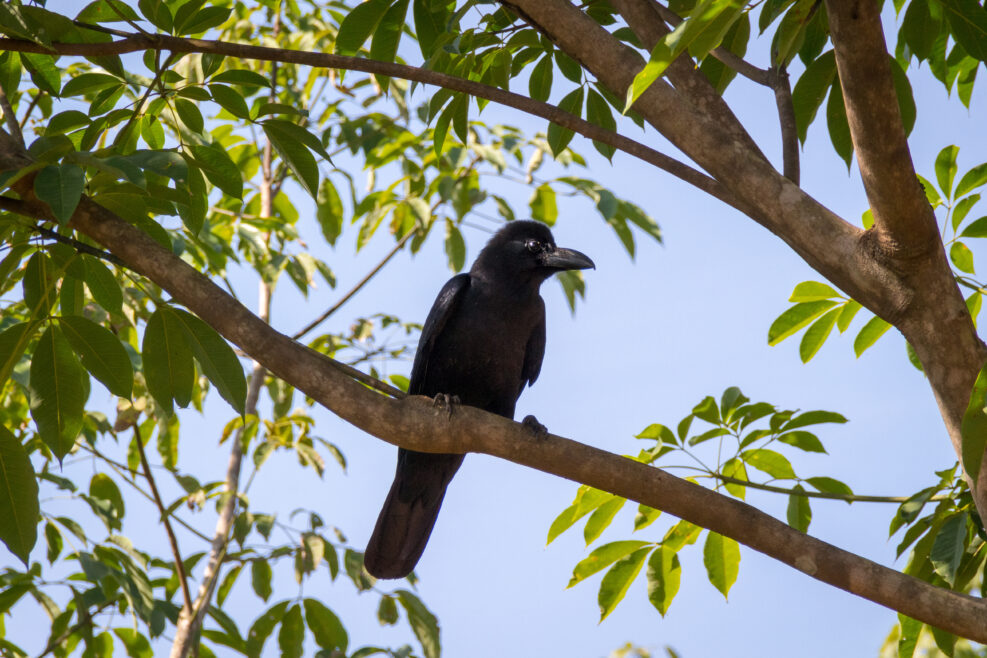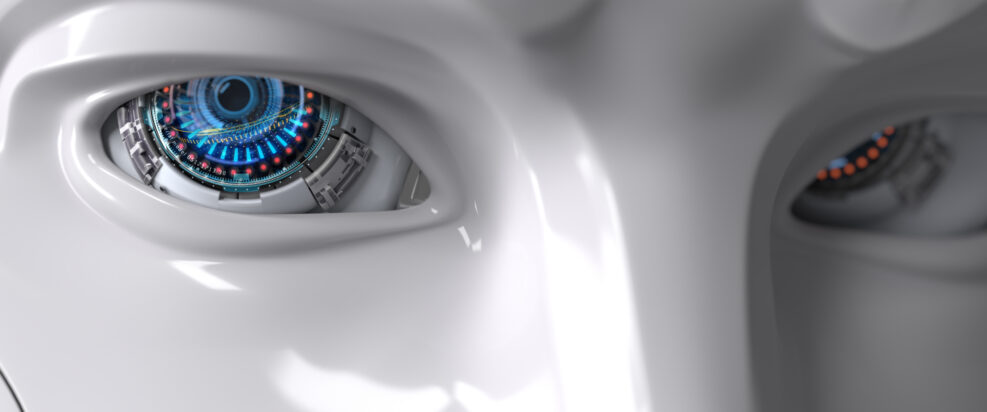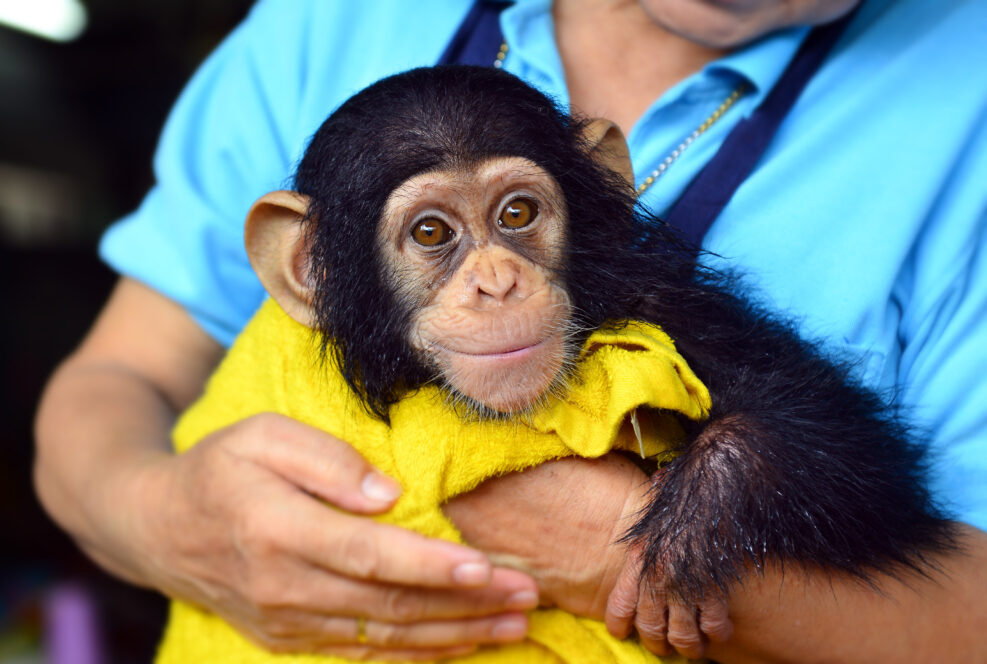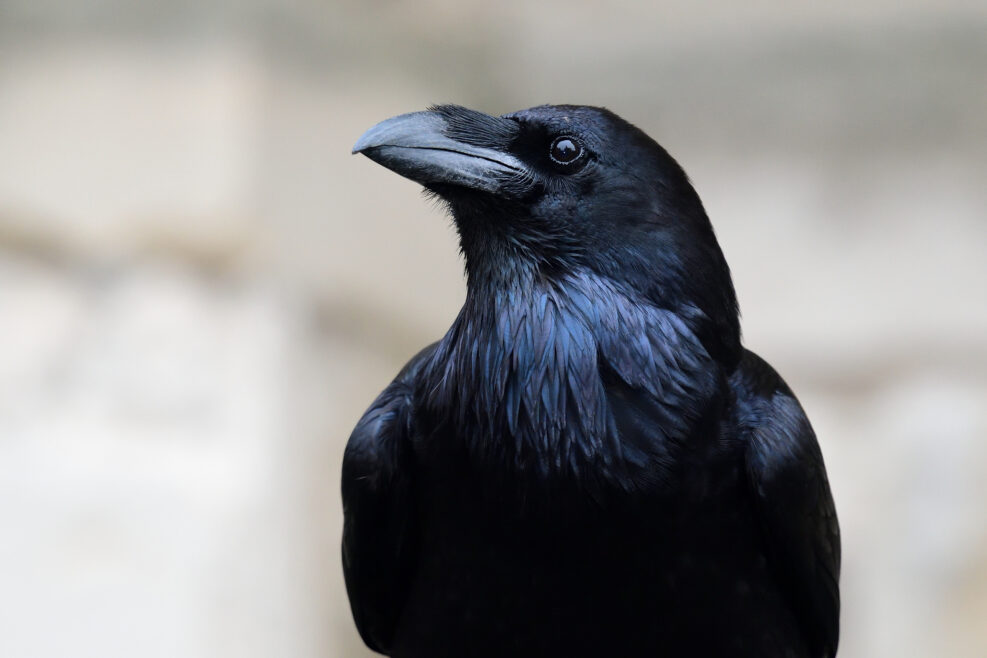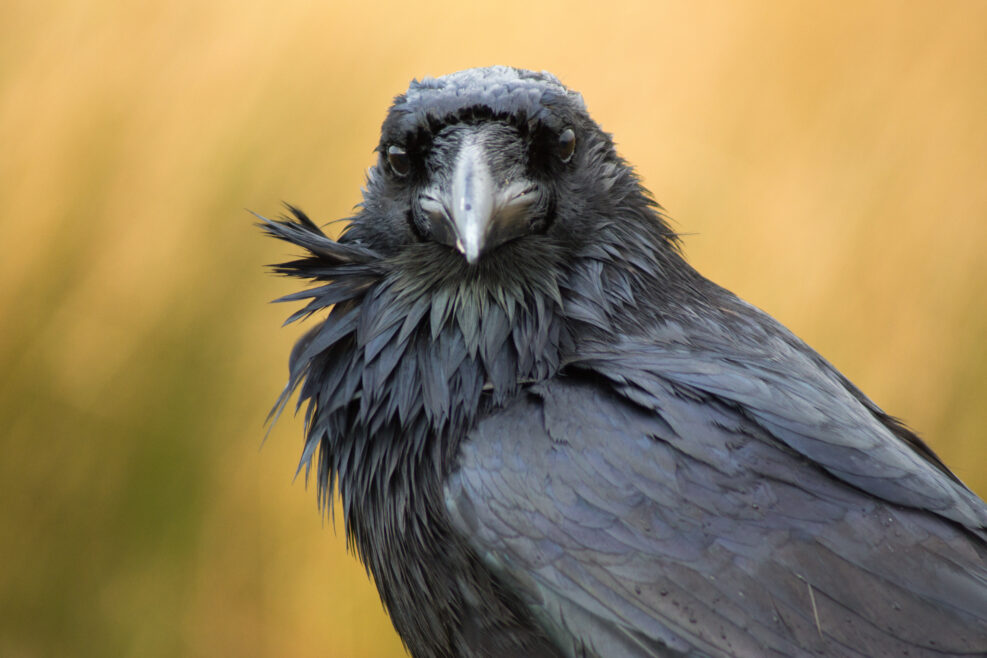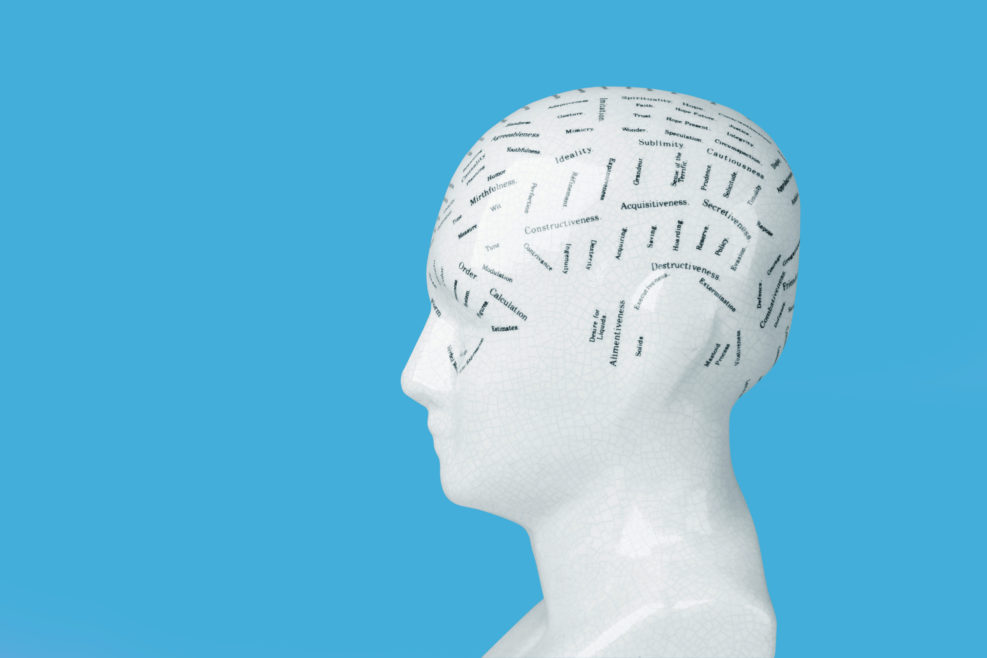
Phrenology: The Pseudoscience That Just Won’t Give Up
Are we arguing about this AGAIN?Phrenology is the detailed study of cranial sizes and shapes as a proxy for brain size and shape. Practitioners believed themselves to be able to use this information as an indicator of both the character and the mental abilities of the person whose brain was being investigated. Phrenology has been widely discredited, and is thought by many today to be pseudoscience. However, the vestiges of phrenology remain with us today, and are still used to justify various common beliefs and inferences, even by otherwise very educated people. The most common way that this happens is the use of brain size in the evaluation of the character of human evolution. It is often supposed by researchers that brain size can be Read More ›
